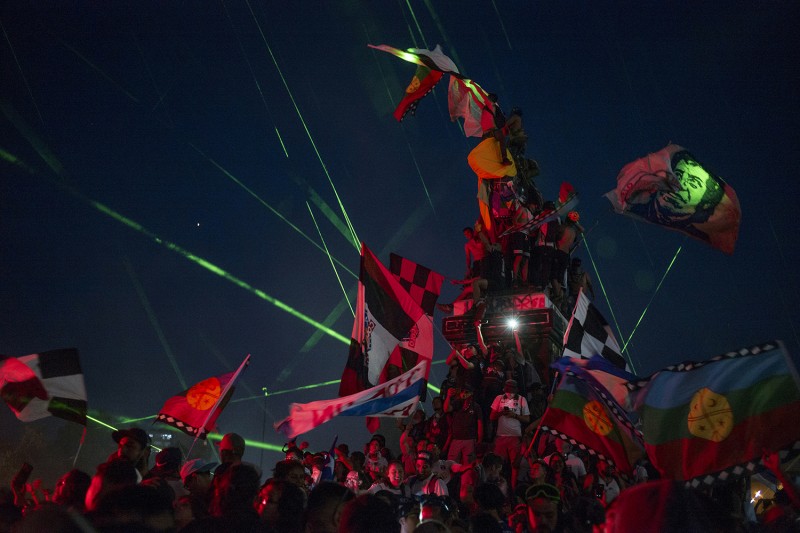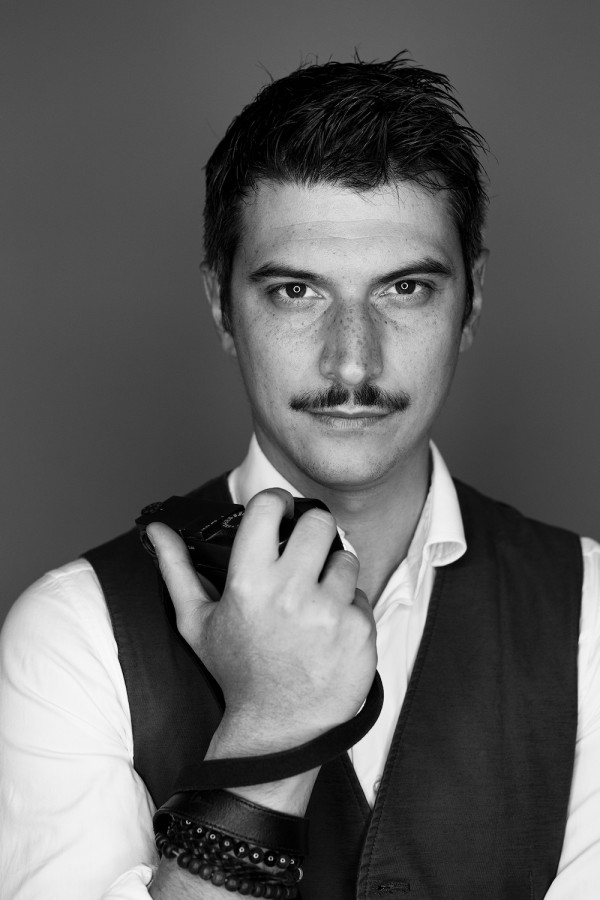Protests in Santiago
Protests in Santiago
Alessandro Cinque
December 10, 2019

“I took this photo during the protests on the first Friday I was in Santiago. The protests started on October 7, when students entered the Santiago metro system without paying for a ticket, because of the increase in price; and they still continue to this day. The rise in price of an already expensive ticket, compared to the average salary of Chilean workers, was just the spark that ignited the population's demand for greater social equality. They are protesting against social injustice, the lack of resources for education and the health system, to reform the economical system, against the Piñera Government’s policies, and for a new and fairer constitution.
I had arrived the previous Tuesday and could not have imagined how huge the protest on Friday would be. The students and workers are demonstrating every day, but on that day they were joined by middle class people, so the crowd became huge. It was like urban warfare, where the front line faced the police and the rest of the people supported it. The police use violence to suppress demonstrations because, as the general of the carabineros, Enrique Bassaletti, explained, demonstrators are like a cancer that must be exterminated.
After a day of shooting at the front line, I arrived at Plaza Italia with my Italian friend Fabio Bucciarelli, where all the protesters went at night. I wanted to take a different kind of photo to all the others I'd seen before. I wanted to show the square, renamed Plaza de la Dignidad, and its meaning for the people who had conquered it and were using it as a symbol for the resistance. I saw the green lasers that protesters use against the police, and the contrasts with the red lights and the twilight sky…and pushed the shutter button."
Text and image: © Alessandro Cinque
Equipment: Leica M10 with Summicron-M 35 f/2 Asph
Alessandro Cinque+-
Social and ecological issues are at the forefront of Cinque’s work. In 2017, he documented gold mining in Senegal, and merchandise smuggling on the border between Iraq and Iran. In 2019, while studying at the International Center of Photography in New York City, he portrayed the Italian-American community in Williamsburg and photographed abandoned uranium mines in the Navajo Territories of Arizona. More

